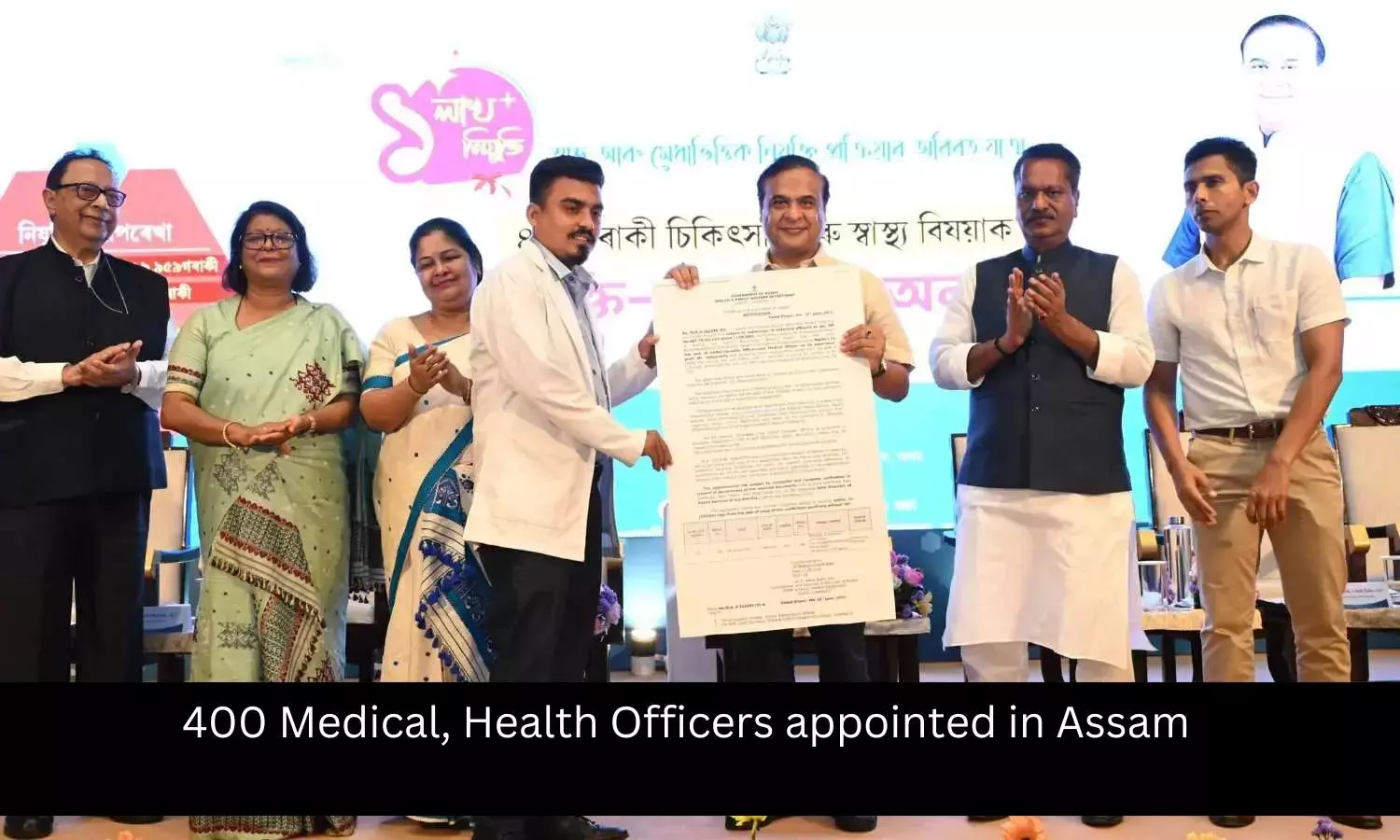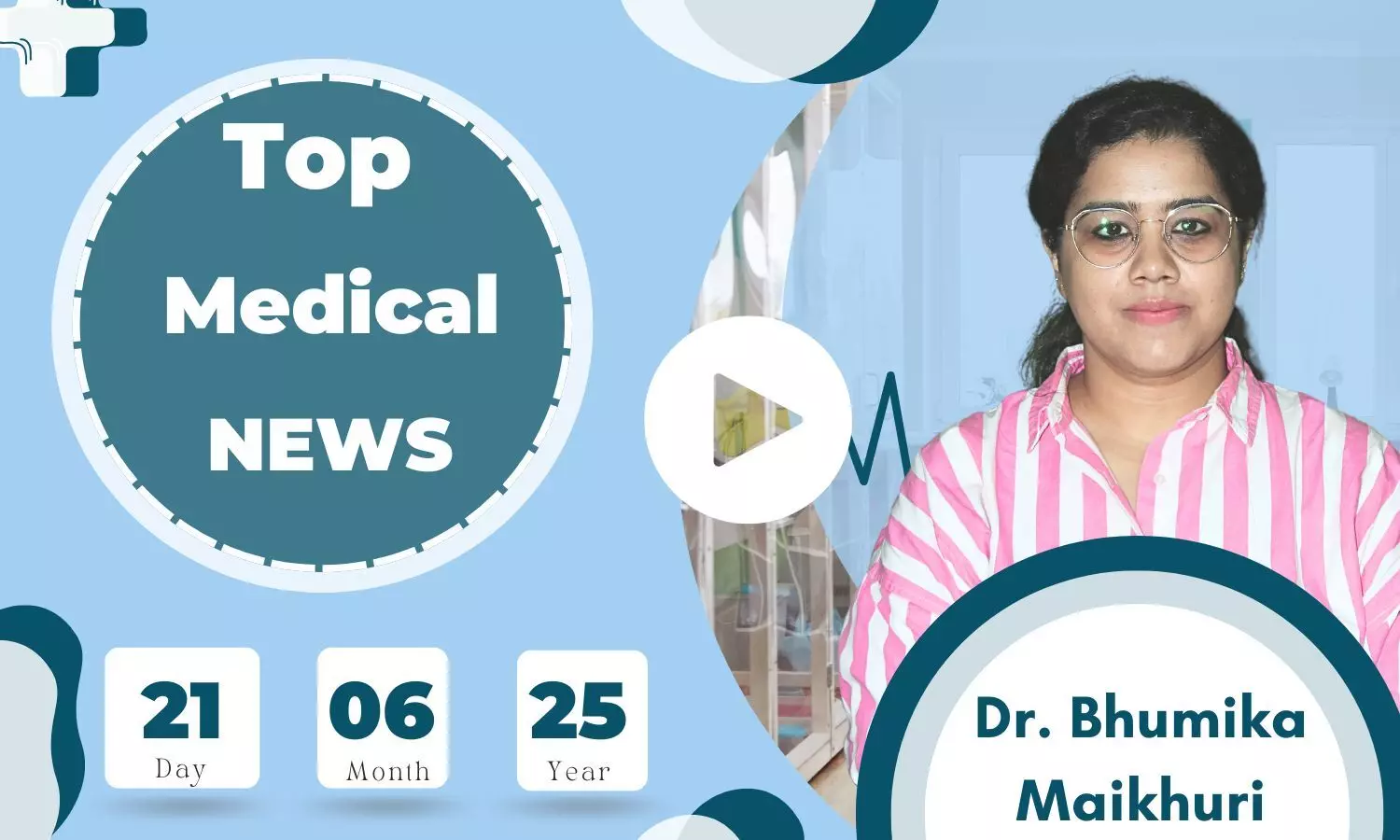
Shimla: While determining the issue of eligibility for appointment to the post of Assistant Professor, the Himachal Pradesh High Court recently clarified that teaching experience acquired before the recognition or establishment of a medical college under Section 10A of the Indian Medical Council Act, 1956, cannot be considered valid.
“The teaching experience thus would only as such be available to the petitioner post setting up of the College and could not have been there earlier though he might have been posted as such by the State at the initial stage for fulfilling the norms of the MCI by the State Government,” the HC Division bench Comprising Chief Justice G.S. Sandhawalia and Justice Ranjan Sharma held while considering the plea of a doctor in this regard.
The petitioner completed MBBS in 2000-2001 and later completed MS Surgery in July 2016 from Himachal Pradesh University. After this, he initially joined as a Medical Officer (Specialist) at Zonal Hospital, Mandi (H.P.) on August 16, 2016.
Later, he was transferred and designated as Senior Resident in the Department of Surgery with effect from December 8, 2016, after the establishment of Shri Lal Bahadur Shastri Government Medical College and Hospital (SLBS GMC).
However, it was only on May 31, 2017, when the college was formally recognised under Section 10A of the Indian Medical Council Act, 1956. In order to be appointed as an Assistant Professor, it is mandatory for the candidate to have three years of teaching experience after post-graduation in a recognized medical college.
Also Read: No relief on Bond service for Doctors: Himachal HC stays single bench order
On December 27, 2019, the Himachal Pradesh Public Service Commission issued an advertisement and invited applications for two posts of Assistant Professor in General Surgery. In this case, the cut-off date for eligibility was fixed as January 16, 2020. When the petitioner applied for the post, he got an NOC on January 9, 2020, and his name was forwarded by the Health Department for consideration. However, the NOC was kept in suspension on February 24, 2020, and was later withdrawn on August 11, 2020, based on the grounds that the petitioner doctor did not have the requisite three years of teaching experience as of the cut-off date.
Aggrieved by this, the petitioner filed a plea in the High Court seeking direction to appoint him as an Assistant Professor. However, the single judge bench denied the same, and thereafter the petitioner approached the Division Bench of the High Court.
The doctor argued that he had been designated as a Senior Resident on December 8, 2016, and thereafter, he had continuously rendered service in that capacity in the Department of Surgery at SLBS Government Medical College. He also submitted that his teaching experience should be counted from 08.12.2016, which would make him eligible for the post of Assistant Professor as per the recruitment rules on the cut-off date of January 16, 2020.
Therefore, referring to the experience certificate and the NOC, the doctor argued that the competent authority had verified and certified his eligibility, and his name was duly forwarded to the Himachal Pradesh Public Service Commission for selection. It was also argued that similarly situated candidates were also granted the benefit of experience from the same date.
On the other hand, the State Government authorities argued that as per the statutory Recruitment Rules, the petitioner was required to possess three years of teaching experience after completing post-graduation in the concerned speciality from a recognised medical college. It was also argued that the SLBS Government Medical College was recognised on May 31, 2017, and therefore, any experience before this date could not be counted for eligibility.
Pointing out that the cut-off date for eligibility was mentioned as January 16, 2020, in the advertisement, the authorities argued that the petitioner did not meet the experience requirement on that date. It was also submitted that merely participating in the selection process or being recommended provisionally did not create any right to appointment in the absence of fulfilling the essential eligibility conditions.
Apart from this, it was also submitted by the authorities that the petitioner’s NOC had been withdrawn after proper scrutiny, as he did not possess the requisite three years’ teaching experience as per the rules.
While considering the matter, the HC bench observed that the eligibility criteria mentioned in the advertisement required a minimum of three years of teaching experience after completing post-graduation from a recognised medical college.
The bench noted that the same eligibility criteria were mentioned in the Recruitment Rules of 1999 as well. It was also observed that the college where the petitioner was posted was officially recognised only on May 31, 2017 and therefore, the petitioner’s experience before that date could not be counted as valid for determining eligibility.
“…the requirement is three years teaching experience as Lecturer/Resident after doing the Post Graduation with the concerned specialty which was not available with the petitioner inasmuch as the said College was set up on 31.05.2017 in terms of Section 10A of the Indian Medical Council Act, 1956. The teaching experience thus would only as such be available to the petitioner post setting up of the College and could not have been there earlier though he might have been posted as such by the State at the initial stage for fulfilling the norms of the MCI by the State Government,” observed the Court.
“It is a settled principle that the eligibility has to be seen at the time of the cut off date and is sacrosanct as such and in such circumstances, the reasons as such for the State to withdraw the NOC granted does not fault in any manner. Merely because he has been designated and working as a Senior Resident in the College since the date of experience could not be treated as 08.12.2016 as the first batch of the annual intake of the M.B.B.S students only took place from the Academic Year 2017-18 and the three years teaching experience is to be calculated from that date. The petitioner thus did not have the requisite three years experience as on 16.01.2020,” the Court further noted.
“Merely because he is qualified as such and the strength of provisional concession given on an earlier account would as such not make it his legal right as he had only right of consideration which was subject to the terms of eligibility as per the terms of the advertisement,” the Division bench mentioned in the order.
The Court observed that it was a settled principle that the advertisement had a force of law and it bound both the petitioner and the State. Perusing the conditions mentioned in the advertisement regarding the requirement of NOC, the bench noted, “Thus, in the absence of the requisite NOC as a regular service candidate he was not liable to be interviewed and the NOC having been withdrawn for valid reasons as per the provisions of the Rules could not be said to be an arbitrary decision of the State, which can be judicially reviewed and reversed, in any manner.”
Dismissing the petitioer’s appeal, the Court concluded,
“Resultantly, we have come to the conclusion that the petitioner not being eligible as per the statutory rules which provides the necessary qualifications and the minimum qualifications for direct recruits and the minimum educational requirements and the requisite teaching experience which would necessarily be only when the concerned intake of the students would come and not prior to that. Resultantly, the reasoning which has been arrived at by the learned Single Judge cannot be faulted in any manner….In such circumstances, we do not find any plausible reason as such to interfere with the well reasoned order passed by the learned Single Judge dismissing the writ petition filed by the appellant.”
To view the order, click on the link below:
https://medicaldialogues.in/pdf_upload/himachal-pradesh-hc-order-291661.pdf
Also Read: ‘Doctors are not slaves’, State cannot force service if bond is paid: HC












